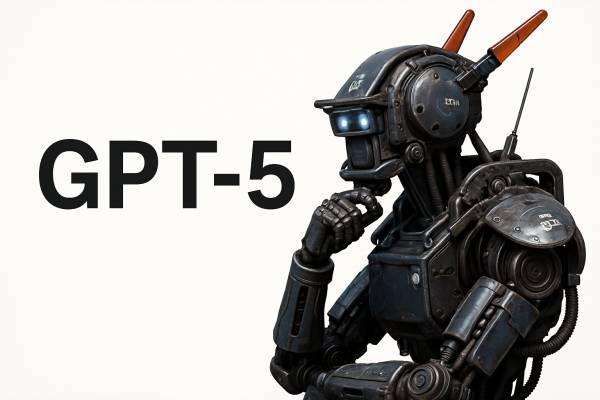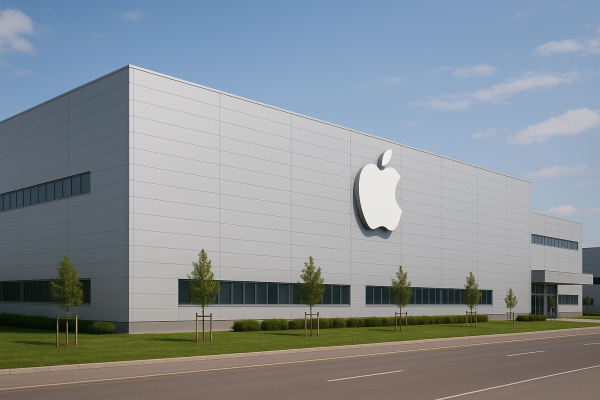An international team of researchers has used artificial intelligence to study the earliest books of the Hebrew Bible in a revolutionary way. The researchers, including Shira Faigenbaum-Golovin, a professor of mathematics at Duke University, used statistical modelling and linguistic analysis to make a surprising discovery.
The research team used the AI-based model to analyse subtle differences in vocabulary and word usage in texts. As a result, they identified three distinct writing styles in the first nine books of the Hebrew Bible, known as the Enneateuch. The AI was then able to identify which of the other chapters most closely corresponded to which literary style and, most interestingly, explain how it came to this conclusion.
Faigenbaum-Golovin had previously used mathematical tools to investigate the authorship of inscriptions found on ceramic fragments and discovered that these methods could also help date Old Testament texts. This led to the formation of the current multidisciplinary team of archaeologists, biblical scholars, physicists, mathematicians and computer scientists.
The team applied the AI model to the first five books of the Bible (the Pentateuch), the so-called Deuteronomistic History (from Joshua to the Book of Kings), and the Torah's priestly writings. The results confirmed the view, already accepted among biblical scholars, that Deuteronomy and the historical books are more similar to each other than to the priestly texts.
According to Thomas Römer, a member of the research team, each group of authors had a different style, even in the use of simple and common words such as “no”, ‘which’ or “king”. Their method accurately identified these differences.
To test their model, they selected 50 chapters from the first nine books of the Bible that had been previously classified by biblical scholars as belonging to one of the authorial styles. The AI compared these chapters and provided a quantitative formula to classify each chapter.
In the second part of the study, the MI model was applied to biblical chapters whose authorship was more controversial. The model also successfully assigned these chapters to the most likely authorship group and even explained its decisions. Alon Kipnis pointed out that one of the main advantages of the method is that it can explain the results of the analysis, i.e. it can tell which words or phrases led to the assignment of a particular chapter to a particular style of writing.
As the biblical text has been edited and revised many times, researchers have found it challenging to find passages that retain their original wording and language. The texts that were found were often very short, making traditional statistical methods and machine learning unsuitable. They therefore had to develop a unique approach to deal with the limited amount of data. To do this, instead of using machine learning, which requires a lot of input data, they used a simpler, more direct method: they compared sentence patterns and the frequency of words or word roots in different texts.
It was a surprising discovery that the two sections of the Ark of the Covenant story in the books of Samuel, although dealing with the same subject, the text of 1 Samuel does not fit into any of the three identified styles of authorship, while the chapter of 2 Samuel shows affinities with the Deuteronomistic History.
The researchers suggest that this technique can also be used to analyse other historical documents, for example to determine whether a document is an original or a forgery. Faigenbaum-Golovin and her team are already looking into applying the same method to other ancient texts, such as the Dead Sea Scrolls.
This study introduces a new paradigm for the analysis of ancient texts and highlights the importance of collaboration between science and the humanities.






























